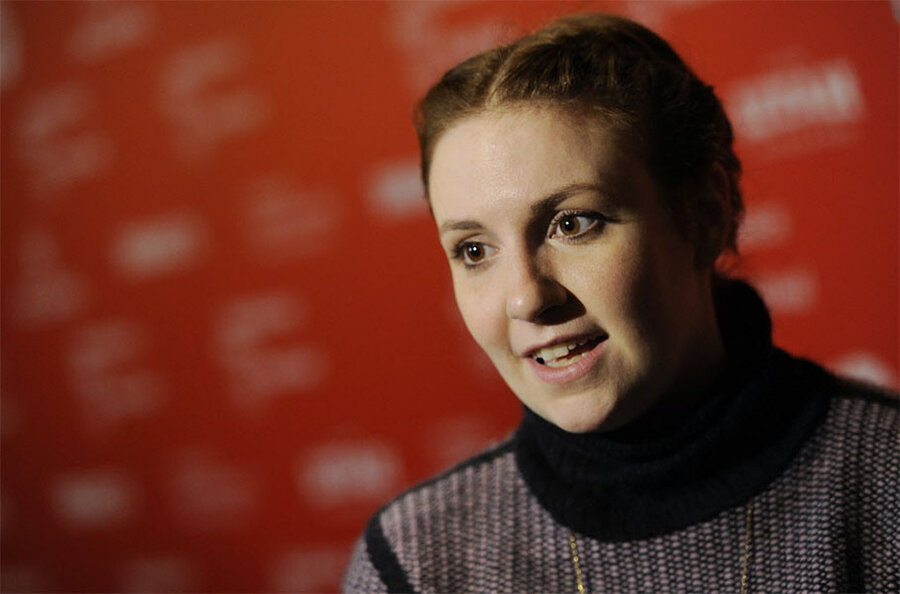Hearing ‘Yes, no, totally’ – in the wild
My eight o’clock meeting had wrapped up early, leaving me with a gift of time.
I decided to start walking toward my 10 o’clock appointment, and when I saw that the most direct route was taking me right past an unfamiliar branch of a favorite cafe, I sensed that some higher power was steering me to a latte and a brioche au sucre.
And it proved to be an opportunity to hear “yes, no, totally” in the wild.
“How’s that again?” you may ask. Let me explain.
A few days before, I had seen a piece by New Yorker writer Kathryn Schulz called “What Part of ‘No, Totally’ Don’t You Understand?” Commenting on the human capacity for using things, and words, for other than their original purposes, she went on to observe, “[L]ately, we have gone in for a particularly dramatic appropriation. In certain situations, it seems, we have started using ‘no’ to mean ‘yes.’ ”
Her Exhibit A was a podcast clip of Lena Dunham, of “Girls” fame, and comedian Marc Maron, in conversation about people who reflexively disparage modern art:
MARON: They can look at any painting and go, “Eh.” They can look at a Rothko and go, “Hey, three colors.” And then you want to hit them.
DUNHAM: No, totally.
In case you missed it, “No, totally” was Ms. Dunham’s affirmation, her indication of agreement with Mr. Maron.
The construction may be favored by the young (Dunham is 28), but it’s not confined to them, Ms. Schulz notes:
“I first started noticing it when a fiftysomething acquaintance responded to a question I asked by saying, ‘Yup! No, very definitely.’ That sent me looking for other examples, which turn out to be almost nonexistent in written English but increasingly abundant in speech.”
In the age of text messaging and YouTube, the distinction between “written English” and “speech” isn’t what it used to be. But Schulz has clearly done some digging: “In 2001, the journalist Bernard Kalb told the White House correspondent Dana Milbank that it was the job of reporters to thoroughly investigate political candidates, to which Milbank responded, ‘Oh, no, yes, I agree with you there.’ In 2012, Anderson Cooper, talking with the CNN senior political analyst Gloria Borger, referred to Newt Gingrich as ‘the guy who has come back from the dead multiple times.’ Borger’s reply veered toward Molly Bloom terrain: ‘Yes, no, exactly, exactly, exactly.’ ”
My initial response to the Schulz piece, though, was, “Really? Do people actually say things like that?”
But back to the cafe and my brioche: I was nibbling away as the bicycle messenger next to me at the counter dug into his serious protein nosh. Then suddenly he was in conversation with an unseen interlocutor: “Yeah, no, totally: I can’t believe I forgot about that.”
And now that you’ve read this, you, too, will start hearing these odd mashups of “yeah, no” everywhere. Totally.





